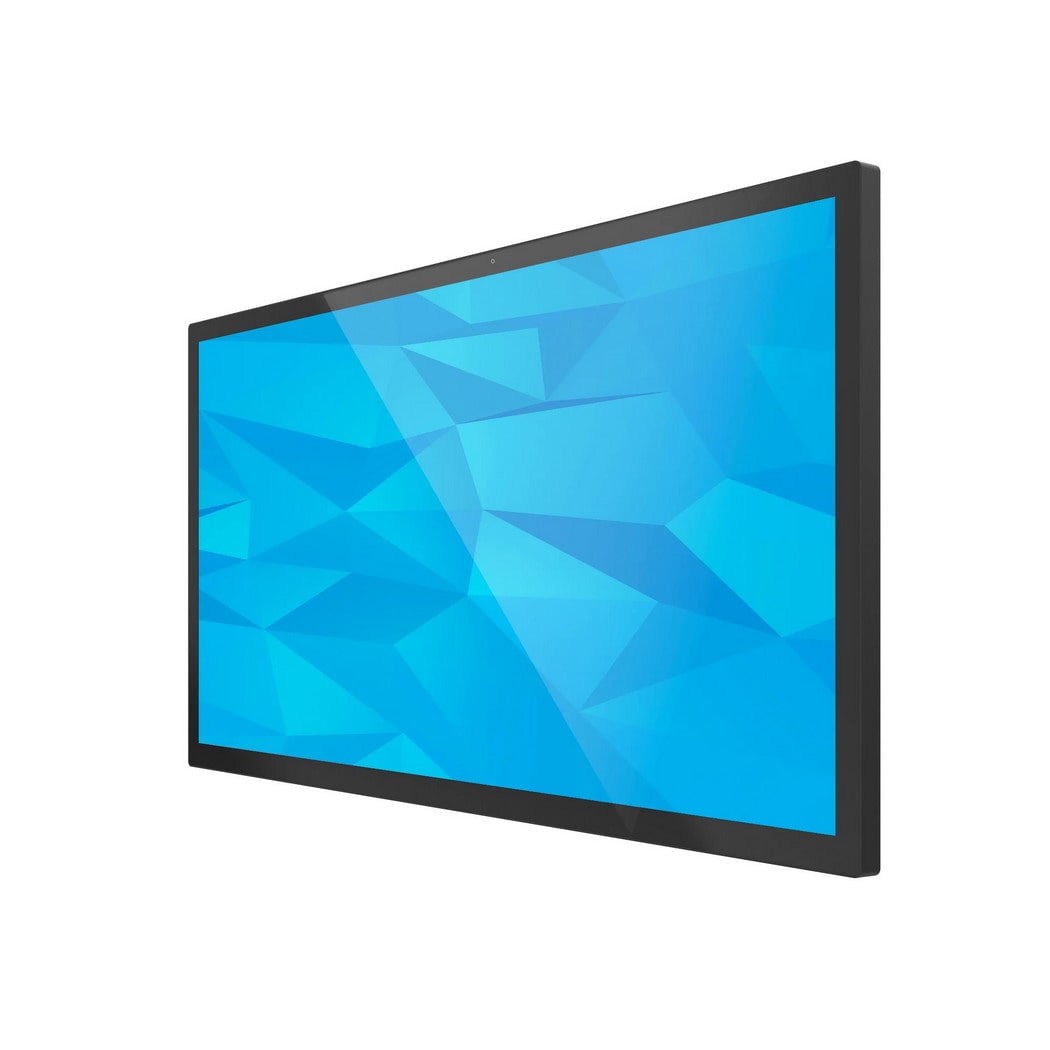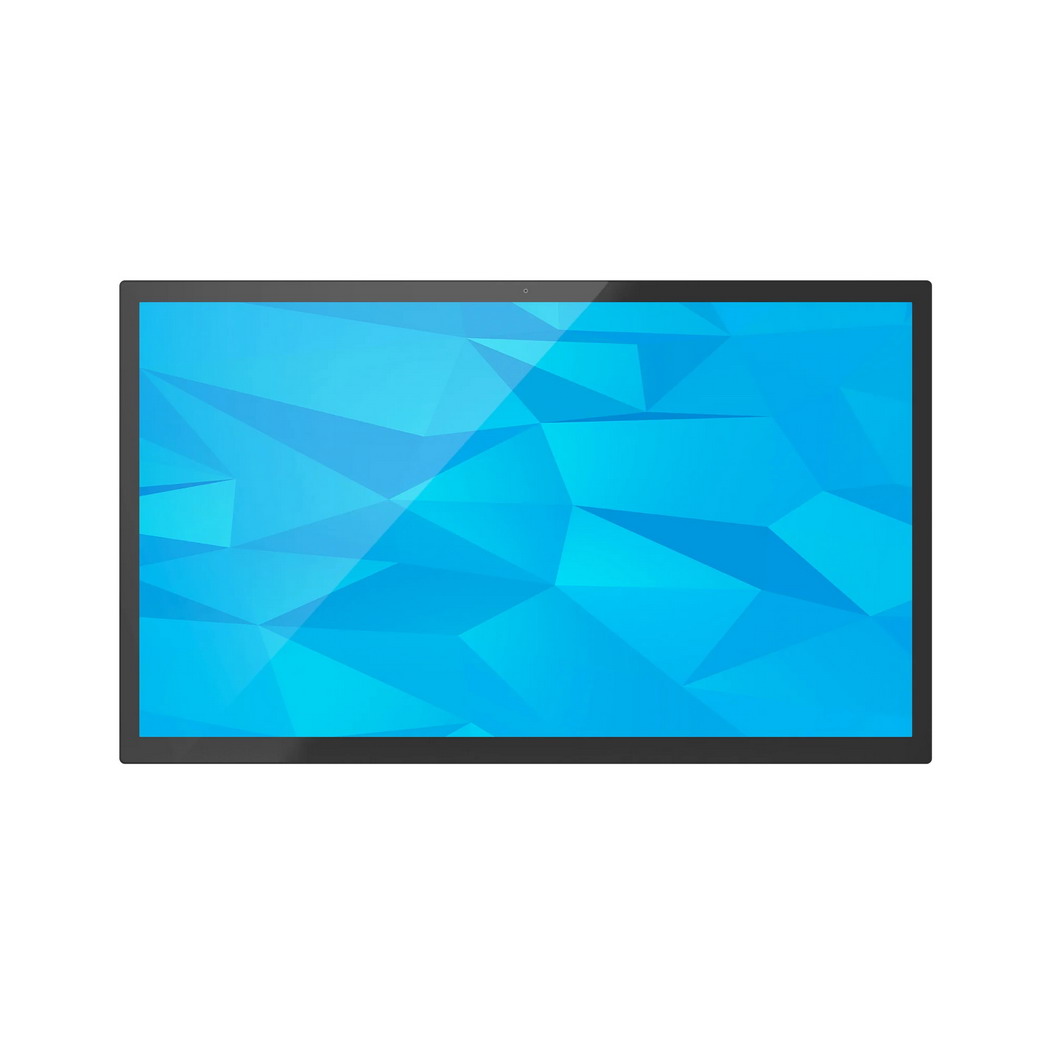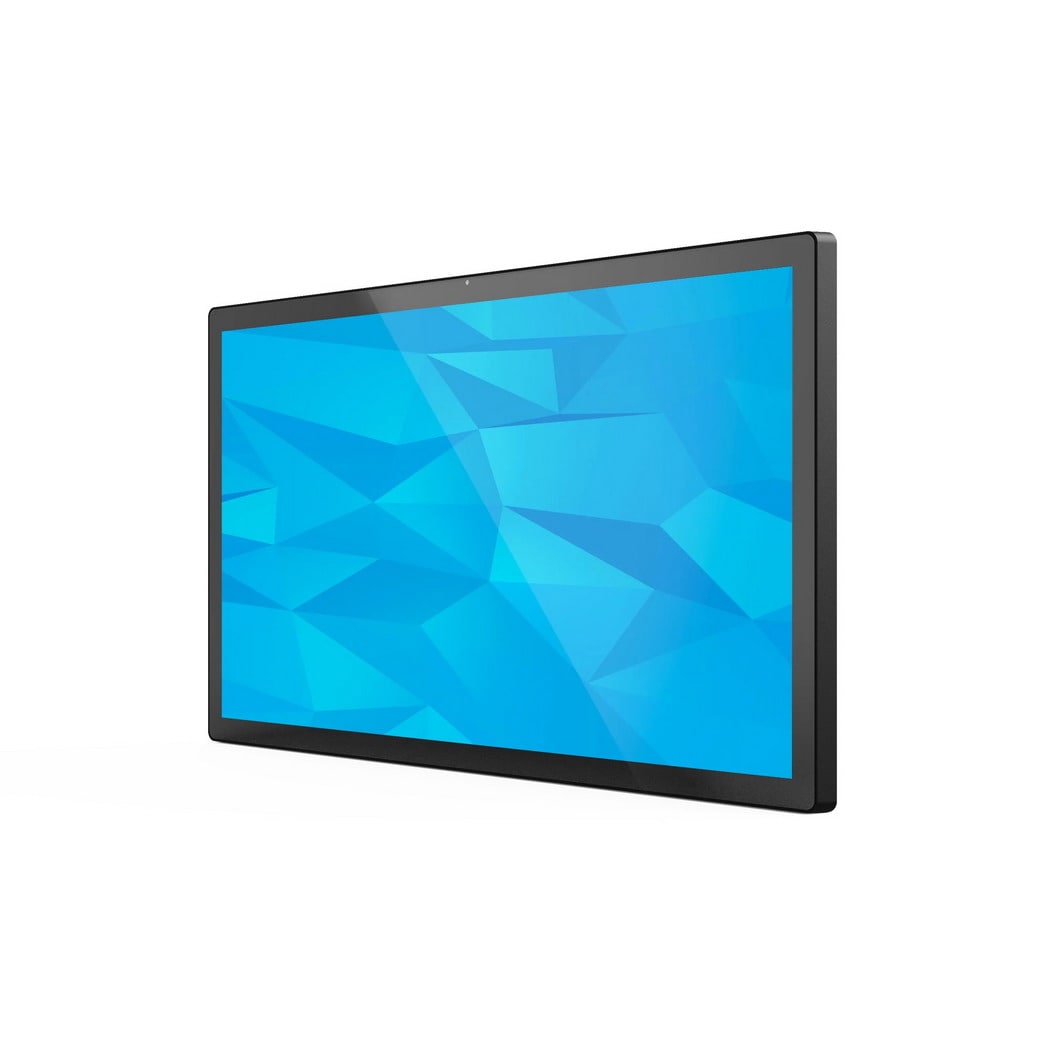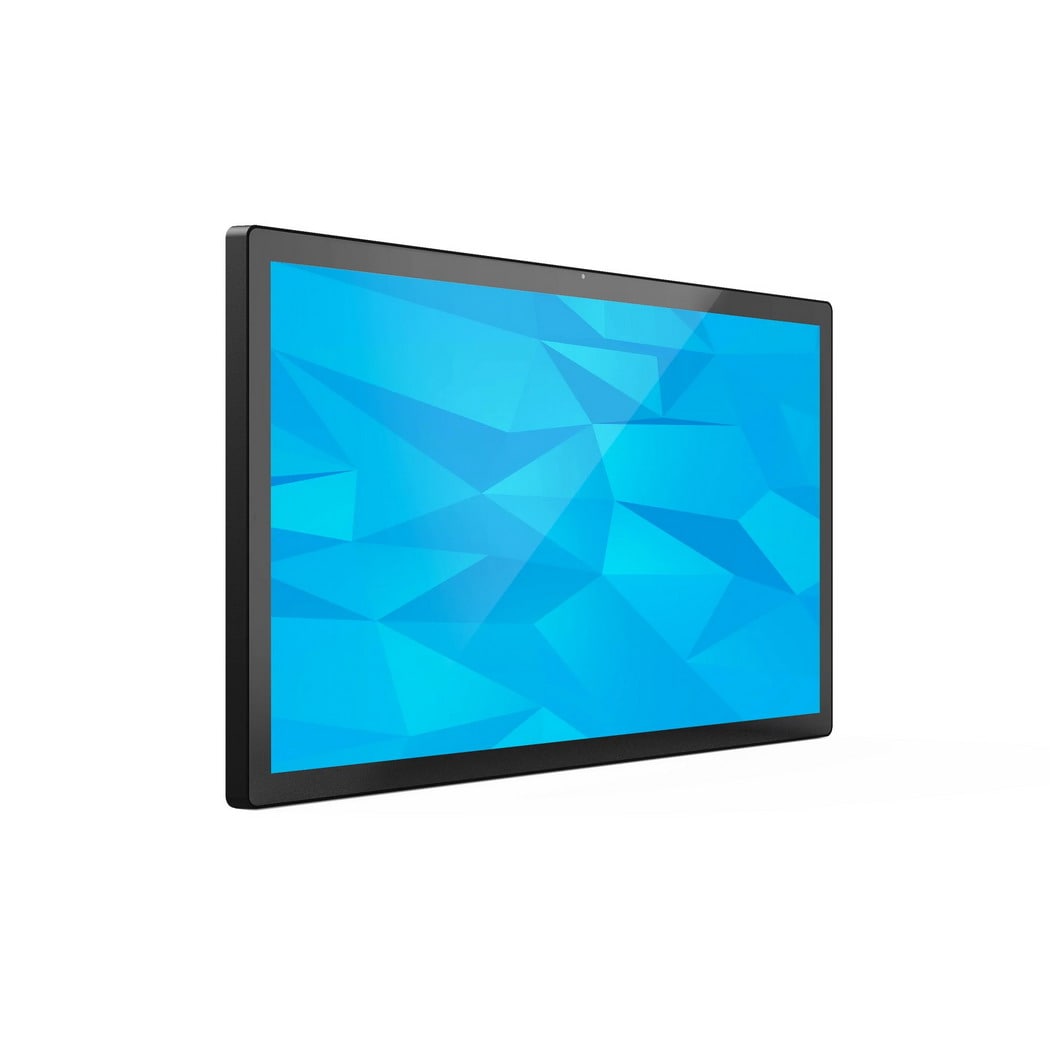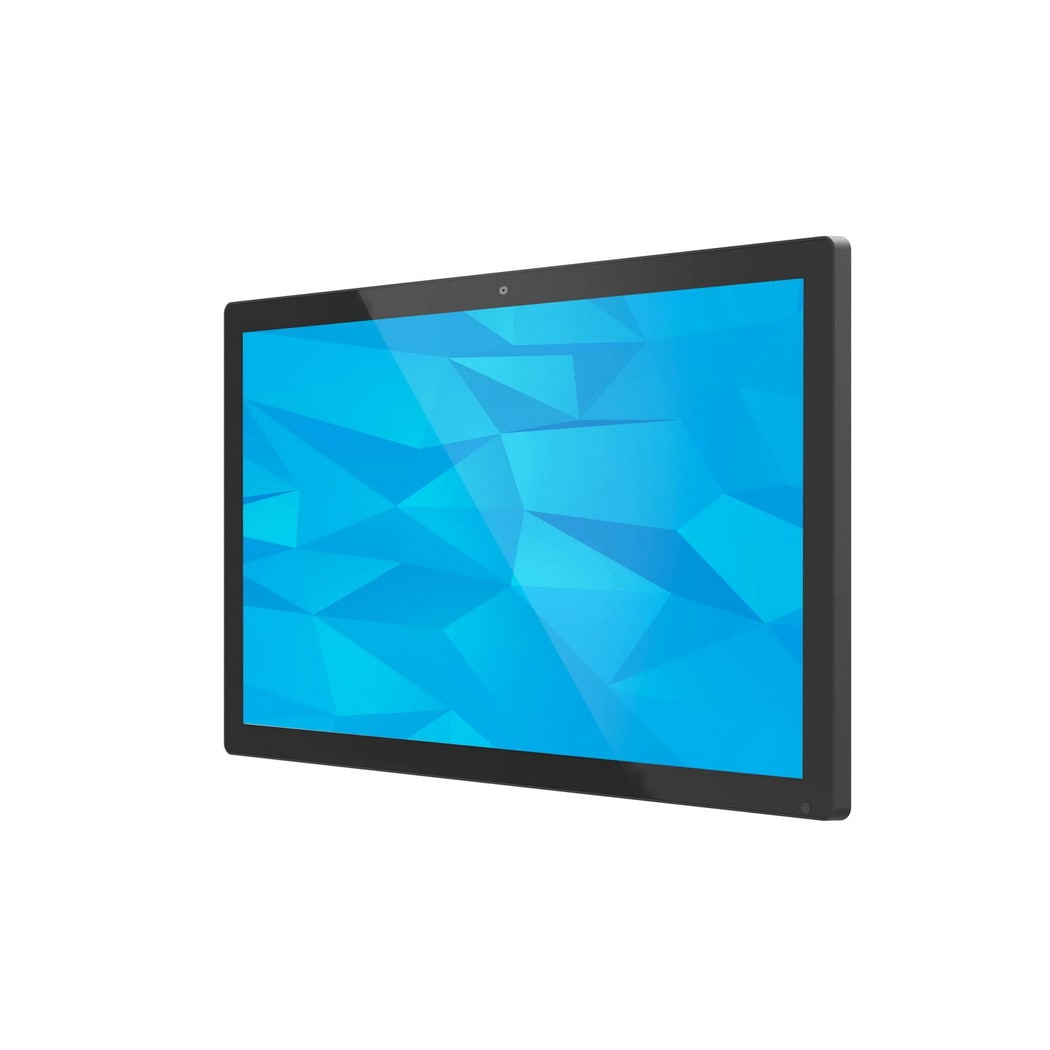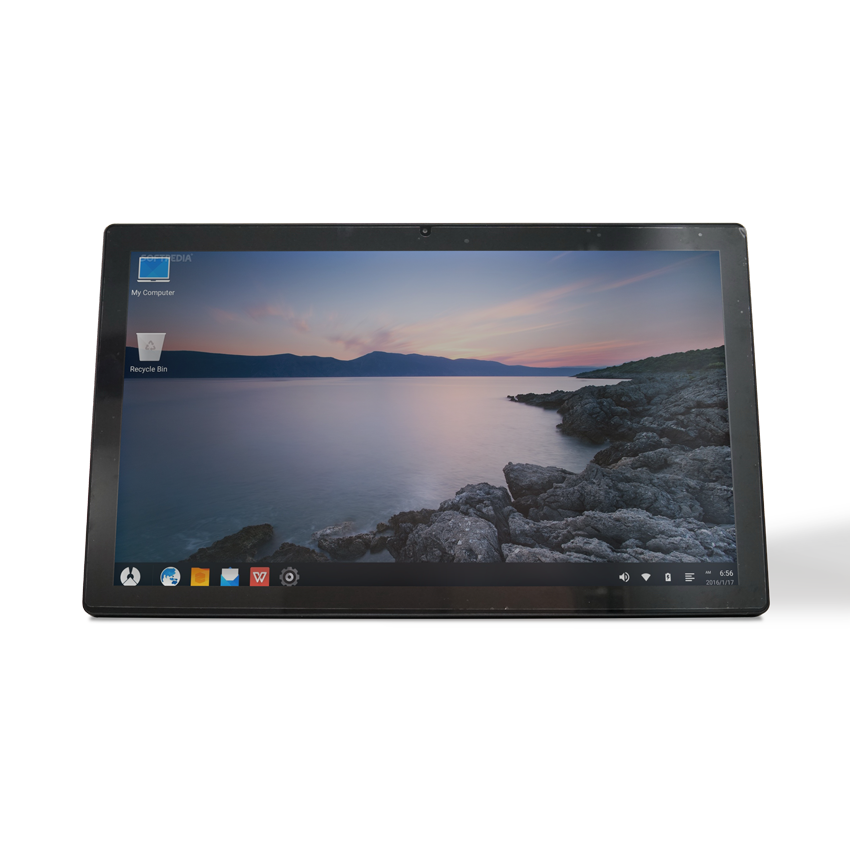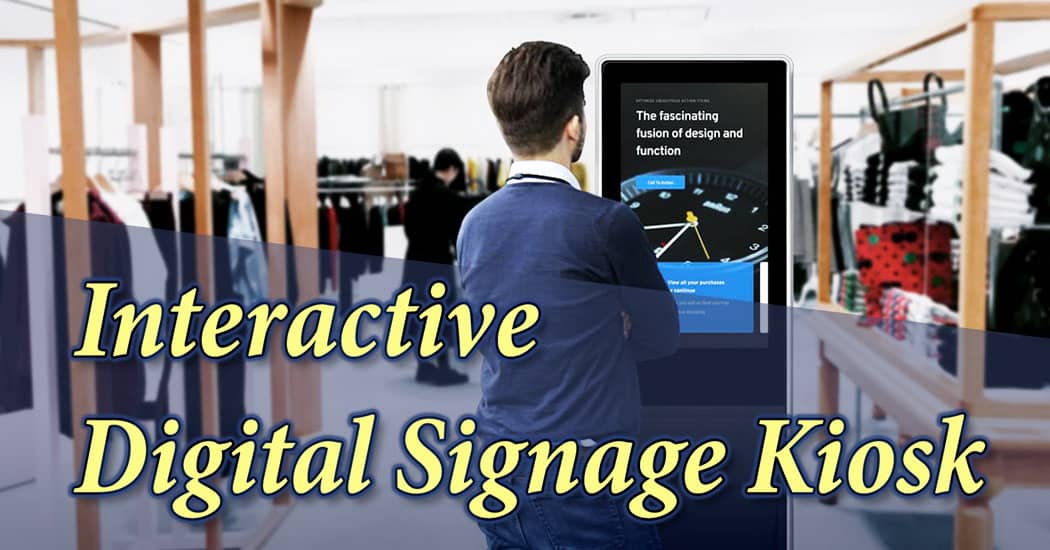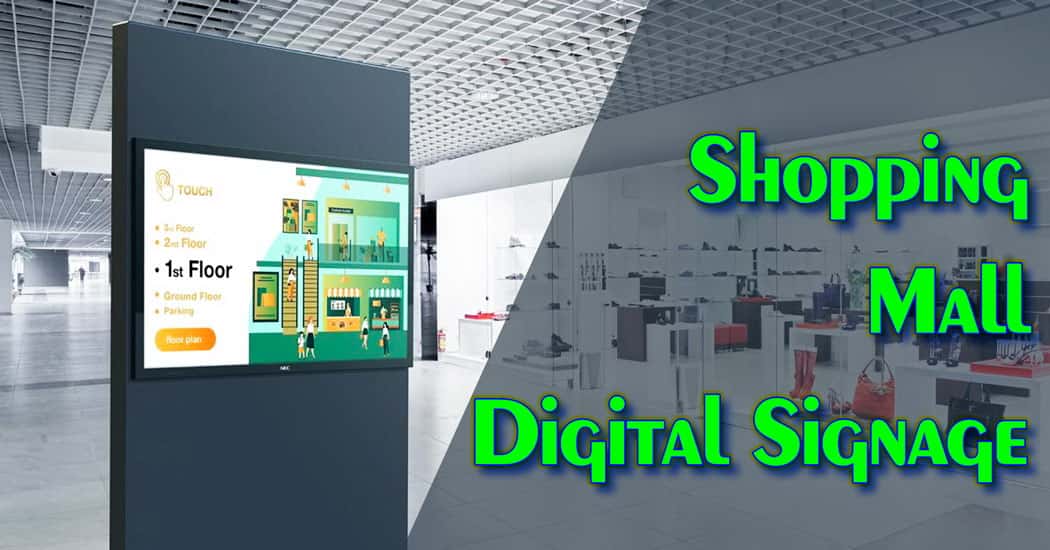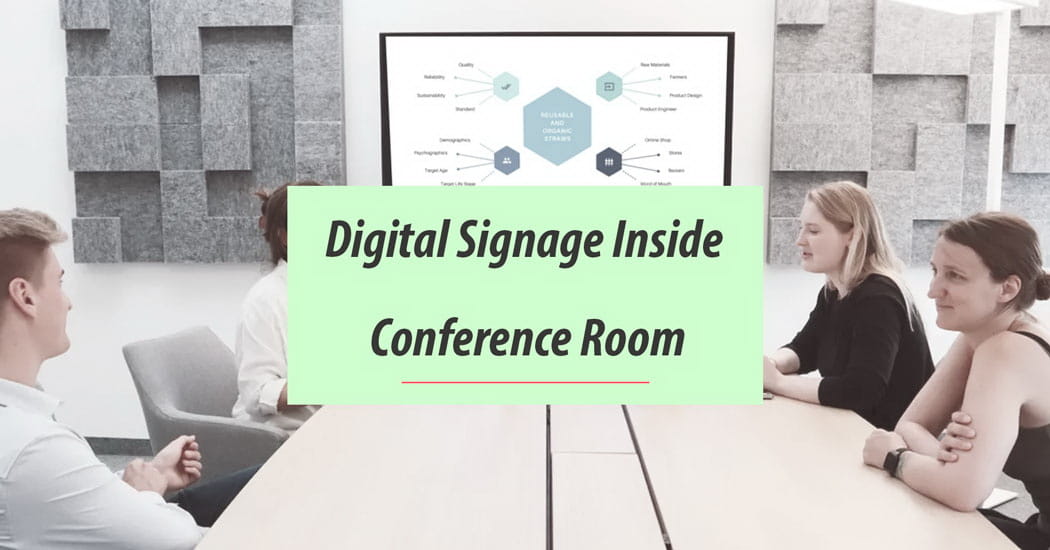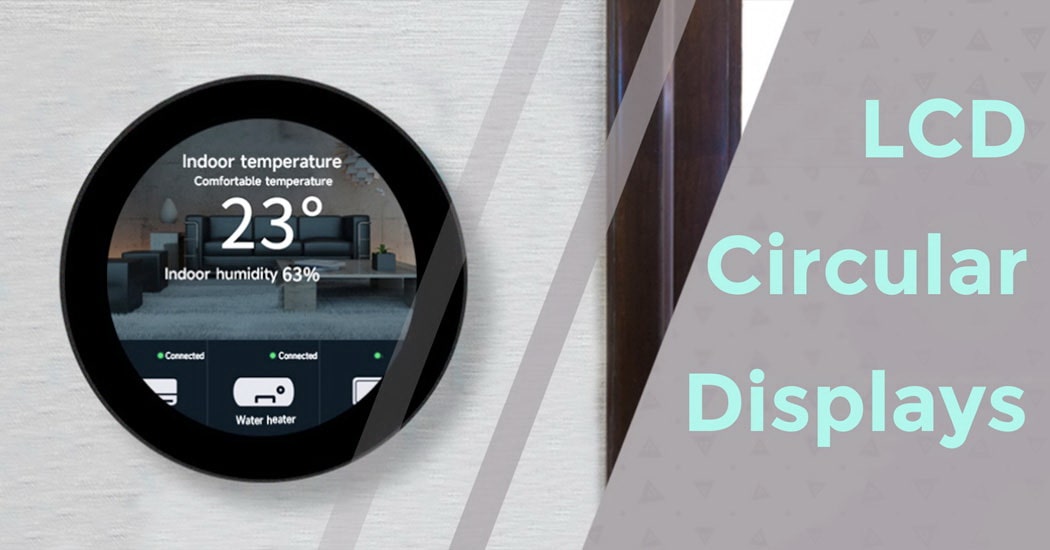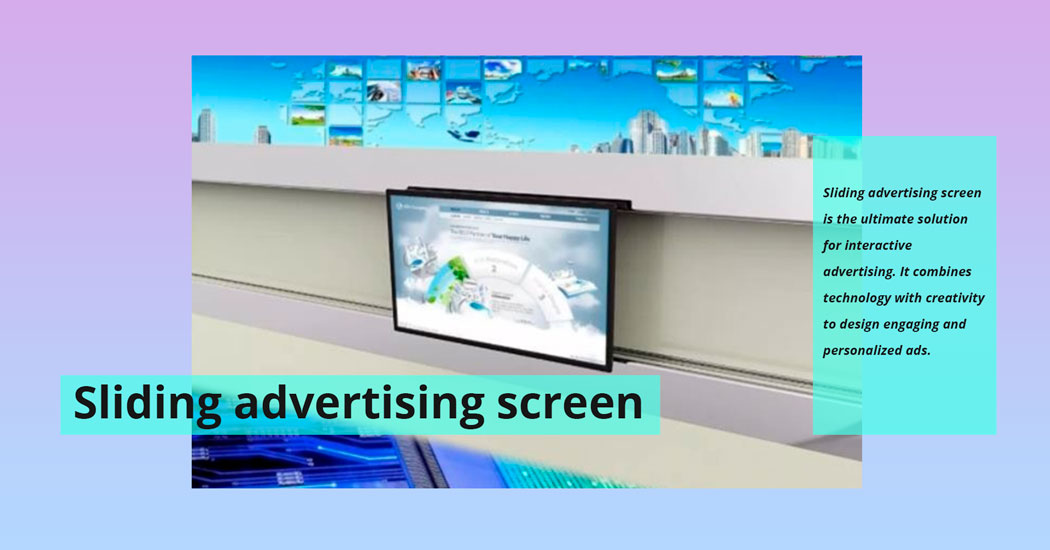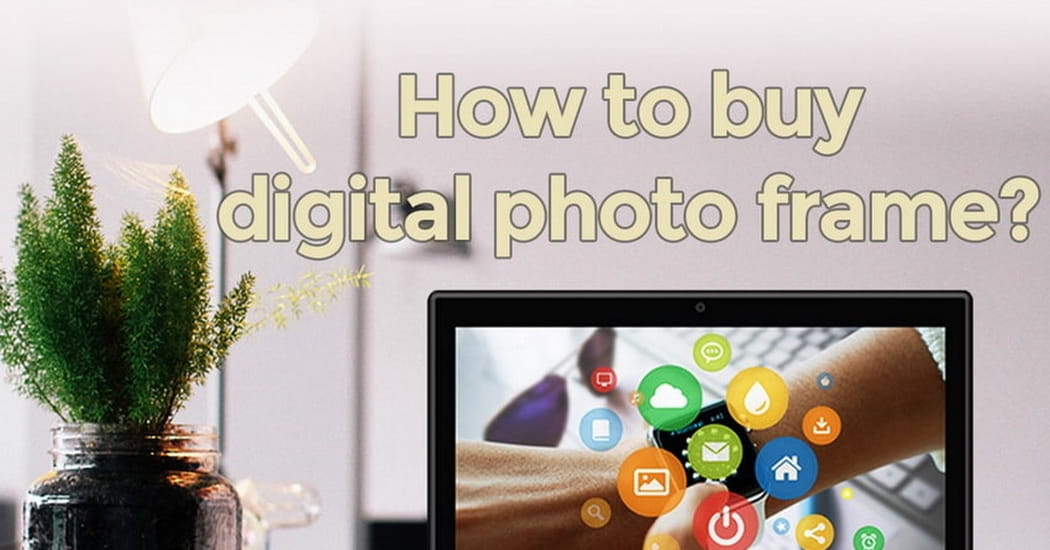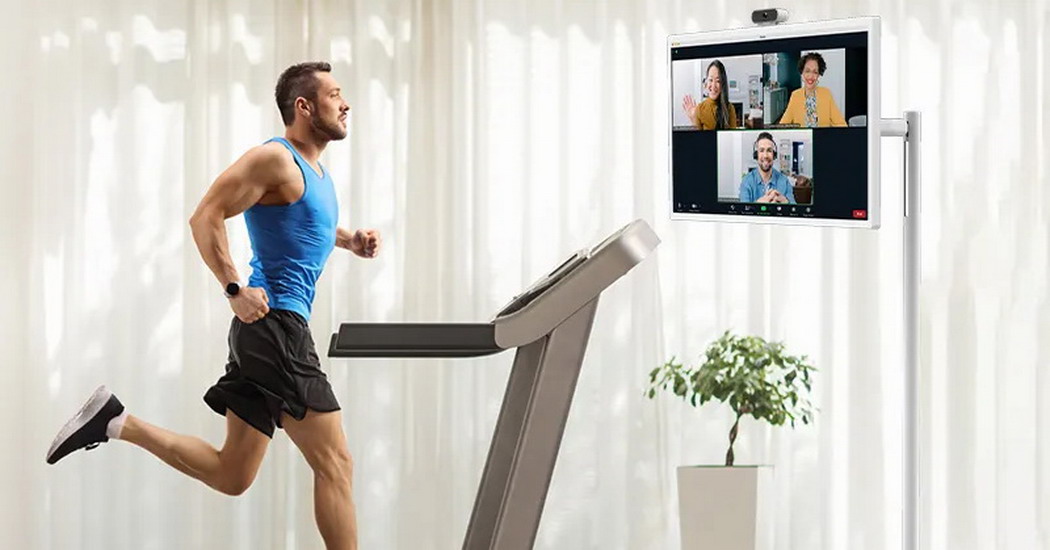
Conference Room Tablets: Transform Meetings Simple Steps
Discover how Conference Room Tablets are redefining modern workplaces. Learn about their innovative features, seamless integration, and how they can streamline your meeting processes.
In today’s dynamic business environment, efficiency and collaboration are paramount. Conference Room Tablets have emerged as a game-changer, revolutionizing how teams conduct meetings. These innovative devices streamline scheduling, enable seamless wireless presentations, and provide intuitive room controls, all while enhancing productivity. Whether you’re managing a small team or a large enterprise, Conference Room Tablets offer a smarter, faster way to collaborate. Dive into this article to explore how these cutting-edge tools can transform your office meetings and elevate your workflow.
It’s clear that conference room tablets have become an essential tool for businesses looking to enhance productivity, efficiency, and collaboration. Through seamless integration with a company’s room reservation system, employees can easily schedule and manage meetings with ease. As such, it’s important for all employees to have access to these pivotal devices. Overall, implementing conference room tablet systems has become an effective way to streamline workspace management and boost productivity in businesses of all sizes.
What is conference room tablets
A technology configuration used in meeting or conference rooms to present information, encourage collaboration, and improve communication among participants is referred to as a conference room tabletsationing tablets outside of major meeting rooms remind employees to book time and appropriately interact with workspaces. Tablets also serve as a natural bridge between the digital booking system and the physical workspace.

The Advantage of Using A conference room tablets
1. Tablet booking is intuitive
In the era of smartphones and touch screens, tablets are an intuitive technology for most people. They instinctively tap, swipe, and pinch to access a wealth of features not possible on static booking screens.
Not only does this familiarity encourage employees to approach and use tablet booking systems, but it also encourages them to use them correctly. They’ll feel comfortable reserving rooms, scrolling ahead to see future bookings, checking room information, and even sending invites.
2. Tablet booking is habit-forming
The more comfortable employees become with room scheduling software, the more apt they are to make it part of their routine. The intuitive nature of tablets takes away the fear of using the software, thus enabling good habits to form. As they become more attuned to tablet booking, it becomes second nature to them.
This helps to promote a smooth-running workplace and gives facility managers accurate insight into space utilization through booking software. This then translates to better workplace design, based on a clear understanding of space usage habits.
3. Easy Customization & Push Notification
There is a broad range of options for push alerts and other customization when using a meeting room display tablet for conference scheduling. This may have a significant impact on how and in what capacity employees engage with different settings.
4. Kiosk Mode
If only certain individuals within your organization can access the meeting scheduling system for the conference rooms, just change the tablets to kiosk mode. They will still be informative, but only certain actions are allowed on the device.
5. Central Management
You also won’t have to worry about extra staff, software, or servers to set up and run the tablets. When managing your meeting rooms with tablets, you will have access to all the features via a cloud-based application.

6. Save Time and Increase Productivity
Think about the resources that will be spared by the elimination of disrupted meetings and ghosted meeting rooms. With live time availability at a glance, employees can reserve rooms right from the display, saving time and encouraging spontaneous meetings.
Tablets give your employees the ability to view a room’s specifications, including available equipment such as a projector, whiteboard, TV, or conference phone.
7. Cross-platform compatibility
Room scheduling software is likely to run natively on tablets, which gives employees the power to utilize its full capabilities right from the tablet.
Beyond this, tablets can run cloud apps with relative ease, which means user action on the tablet can seamlessly sync to everything from workplace apps, to other integrated cloud apps, to an Integrated Workplace Management System. Tablets are an end-point in the room reservation ecosystem—often, the most-used one.

Conclusion
While some companies are content with using small screens or TVs to display room information outside of conference rooms, many are realizing that this simply isn’t enough. A more dynamic and interactive solution is needed, which is where conference room tablets come in. These specialized tablets offer a range of benefits that regular screens cannot match. From intuitive touch screen interfaces that allow users to easily book rooms and view schedules, to advanced analytics and reporting features that provide valuable insights into how meeting spaces are being used, conference room tablets are revolutionizing the way in which companies manage their meeting rooms. With these devices, businesses can enjoy improved efficiency, better collaboration, and ultimately, greater success.
Closely related post:
Latest updated post:
Latest products:
